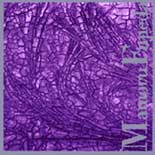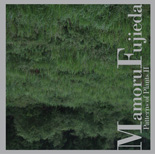 Please enjoy the newest full-length Fennel album Resuming the Trail. Most of the work on this was done between early spring and late summer of this year, from the time I was anxiously waiting to see what would result of my school applications, up to just before I moved from Woodland Hills to Riverside. This is my most biographical and varied work yet, and the format this time around is quite different from before: there are 14 tracks adding to just over 35 minutes, and they're all seamless. No one track is fit to be isolated from the rest.
Please enjoy the newest full-length Fennel album Resuming the Trail. Most of the work on this was done between early spring and late summer of this year, from the time I was anxiously waiting to see what would result of my school applications, up to just before I moved from Woodland Hills to Riverside. This is my most biographical and varied work yet, and the format this time around is quite different from before: there are 14 tracks adding to just over 35 minutes, and they're all seamless. No one track is fit to be isolated from the rest.Field recordings were taken around Woodland Hills, Sherman Oaks, Santa Monica, Venice, Berkeley and Santa Barbara, California. These form a continuous environmental backdrop for the album, partly urban and partly natural, over which I put recordings of piano, guitar, voice, fujara (Slovakian overtone flute), and miscellaneous other sounds. My personal narrative unfolds in an exploded-fragmentary fashion, with much ambiguity. Some of the material was freely improvised and left unaltered; some of it was patched together from guided improvisations, and a little of it was completely premeditated and written out.
If you download this from Bandcamp ("name-your-price" as always), you'll get a couple bonus photos and a .pdf score for the piano part to one of the songs. You'll also get a good sized version of the swoon-worthy cover art made by Niv Bavarsky.
Huge thanks go out to everyone who has encouraged me or given advice or criticism of one kind or another. With the release of Resuming the Trail, I won't be producing new Fennel material for quite some time. Graduate study is quickly getting extremely time consuming. That said, I still think about music constantly and can guarantee the world will see more recordings come from me in the future.
Download for free or a donation








